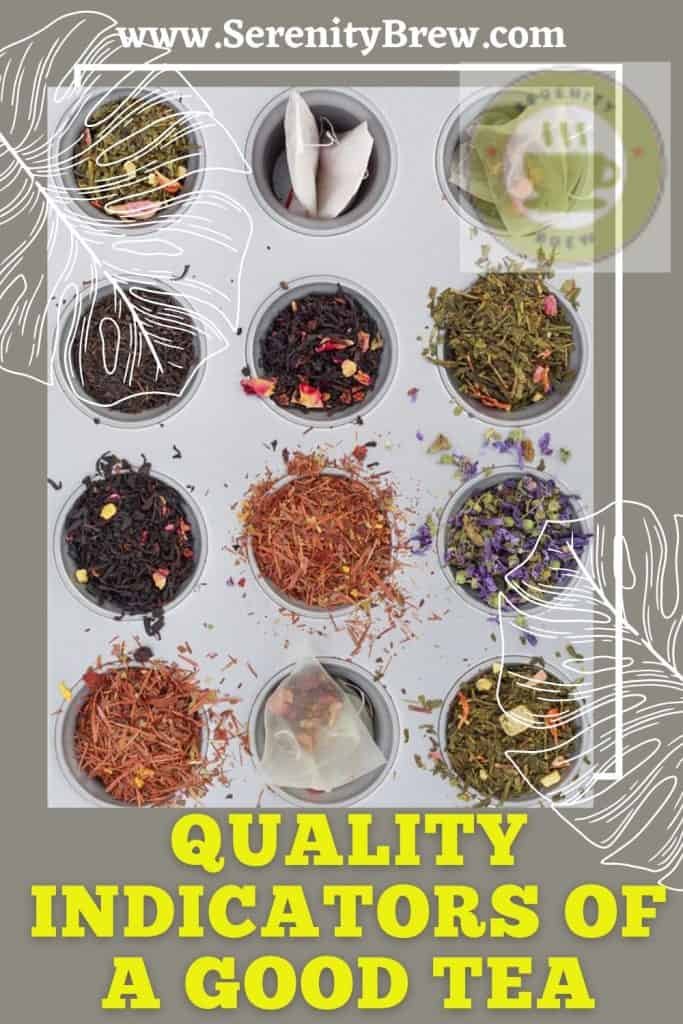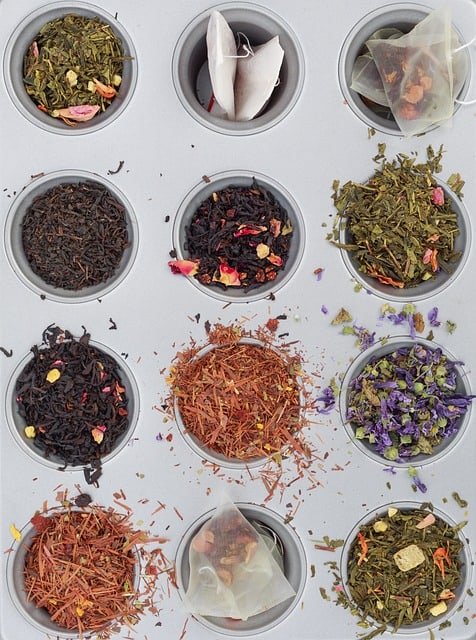
But how do you know if you are buying or drinking a superior tea or an average one?
Our Sweetea team, after years of research, learning about suppliers, growers and regions of origin and, above all, tasting a wide variety of qualities, we can say that, for the tea consumer, the quality indicators of a good tea are the from this list:
As in the case of coffee and wine, the difference between enjoying a high-quality tea or “suffering” a low-quality one can be abysmal.
Even if as an experienced tealover you have mastered the art of decanting and pouring a good tea or have bought yourself a teapot designed to achieve the best brew, in the end what will determine the quality of your drink will be the leaves you are using.
But how do you know if you are buying or drinking a superior tea or an average one?
After years of working in this area, getting to know suppliers, growers and regions of origin and, above all, tasting a wide variety of qualities, we can say that, for the tea consumer, the quality indicators of a good tea are the following:
1- The reputation of the manufacturer:
For experienced tea drinkers, the brand or name of the producer alone may be enough to decide to buy one tea over another. However, for newcomers to high-quality tea, choosing by brand can be nearly impossible without detailed research. You can do a little research by asking in the store or of course, via Google, if the brand specializes in teas, what varieties it has, if it is found in quality stores, etc.
If it is a manufacturer that is dedicated only to the production of tea, that mentions the origin of the tea that you are going to buy and whose products are present in quality shops or tea houses, you already have an indicator that you will make a good purchase.
2- What the labels say:
We should read the labels of everything we buy, or at least what we buy for the first time. We assure you that many of the products you consume on a daily basis have quite disturbing information on their labels.
Beyond whether the packaging is recyclable (which is a very good plus), read the labels to find out the expiration date, where it is manufactured, but, above all, what the ingredients are. If the tea has additives such as preservatives, unnatural sweeteners, etc. you can rule it out. The only addition that ensures the quality of a good tea is Stevia as a natural sweetener.
3- The appearance of the tea leaves or the mixture:
Whether it is some type of tea or a mixture with spices, flowers or dried fruit , the appearance of the contents of the sachet or the loose strands will tell you a lot about the quality of a good tea.
Open a tea bag or take a tablespoon of the tea mixture (if it is leaves) and spread it on the table. If the tea leaves are quite whole, the better. The more broken the leaves are, the more bitter the tea will be. If you find only dust or tiny leaves inside the tea bag, discard it. Keep in mind that black tea sometimes leaves a bit of this powder to give it the characteristic strong flavor.
But in general the rule is that the longer the piece of leaf, the better the quality.
4- The color of the leaves:
As the tea leaves undergo different processes to make each variety (white, green, black, oolong, red, black, etc.), they will change their color during the process. There are different natural chemical components of the leaf that are responsible for these colors. Even the leaves will have a different color depending on the place of cultivation. For example, in green tea you can find leaves of dark green, light, jade, yellowish green, etc.
In other words, the color tone is not decisive to ensure the quality of a good tea. But its brilliance is a sign of quality. The brighter the color of the dry and wet leaves and also of the ready-made tea, the better the quality.
A high-quality tea appears clear, bright and fresh. A low-quality tea has dull colors and appears diluted. In general, a bright color means rich flavor and a lighter color means light flavor.
5- The aroma:
No matter what type it is, high-quality tea will always have a distinctive aroma. If you inhale deeply and feel very little bluntness, it’s a sign that the tea is low-quality or old. Of course each tea has a different aroma, but once you try it, you will remember it.
Good quality green tea has a grassy aroma and is light and fresh. Black tea should smell earthy, floral, and sweet. When the tea leaves or bag are steeped in water, good quality tea is deeply aromatic and amplifies the rest of the accompanying aromas if it is blended or infused.
6- The taste:

Obviously this is the point that interests us the most, since if we buy a good tea it is above all to enjoy its unique flavor.
As our taste buds are grouped on the tongue in different areas, it is best to taste the tea by drinking it slowly. The center of the tongue is the area sensitive to the harshest flavors, while the tip is the one that perceives the sweetest flavors.
A good quality tea will have a strong and recognizable flavor and mouthfeel. Drink slowly, allowing the tea to pass over different parts of the tongue; you should be able to notice different flavor notes and sensations specific to each type of tea.
For example, good quality green tea will feel and taste smooth and refreshing; while black tea has a deeper and more intense flavor. Regardless of the type of tea you are drinking, great tea will trigger different taste sensations on your tongue as you drink.
If you come across a tea with flavors that are barely noticeable, or that are too astringent or artificial, you are undoubtedly drinking low-quality or aged tea.
